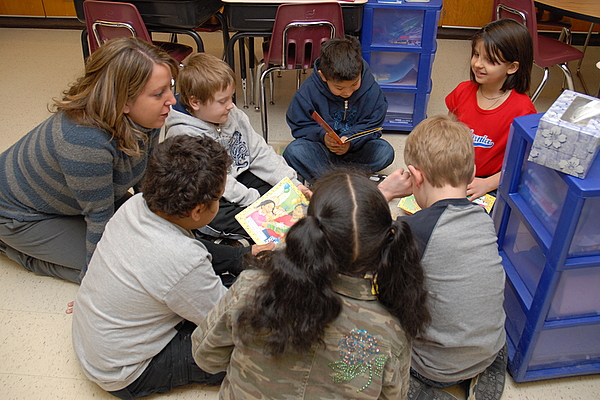When I read the headline of a recent EdWeek article, “More Teachers Group Students By Ability– Study finds oft-disparaged approach rising,” I stopped in my tracks. Sixty one percent of 4th grade teachers are using ability grouping regularly in math and reading, up from 28% for reading in 1998.
It was like reading that a dreaded disease like polio had made a comeback and feeling every child’s health was at risk.
Back in the day, early research around equity revealed that ability grouping wasn’t simply a benign practice, but a major source of the achievement gap. Although it was widespread and widely accepted, ability grouping generally depressed student achievement and continuously recreated inequitable outcomes for students of color.
We believed ability grouping was bad for kids for three key reasons:
-
The criteria we use to group kids are based on a narrow view of intelligence, laced with racial bias.
-
Grouping students in this way created different , often lower expectations for certain groups of students.
-
Instruction was often too slow and watered down to be effective.
-
Once students are grouped, they generally stayed at that level for the rest of their school career. Consequently, the gap between achievement levels becomes exaggerated over time because they progress but are still behind.
As an elementary school student, I vividly remember the examples of inequity and tracking after mandatory busing brought more children of color for our school. I didn’t have a name for it then, but it was clear something was going on because the “high” reading groups were 99.9% white. I was usually the .1% that represented students of color in the advanced reading group. On the other hand, the “lower” reading groups were usually children of color and poor students who never seemed to move out of that group.
The Edweek article is based on a new study by the Brown Center on Education Policy at the Brookings Institute, “The Resurgence of Ability Grouping and the Persistence of Tracking.”
The study begs the question: is ability grouping ever worthwhile? There’s strong evidence that the answer is: Yes, if done right.
In my own experience as a teacher and teacher educator, I’ve come to believe that ability grouping as a structure isn’t innately bad. What determines if it is harmful or not depends on what type of instruction is happening inside the structure.
Ability grouping should be an opportunity to accelerate student learning through more intense scaffolding. And in order to accelerate learning, instruction must be culturally responsive. It’s all in the design and what happens during that time students are grouped together.
The Ability Group Design Checklist
If you are one of those teachers using ability grouping in your classroom, what design principles do you use to ensure high achievement results? Here are a few design principles I think can make ability grouping a powerful structure for accelerating learning:
- Set high expectations for both students’ innate intelligence and their ability to learn are held and explicitly express these expectations to students in the group.
- Hold the same standards and learning objectives for struggling learners as for other students. Adjust the scaffolds and cultural modeling.
- Use diagnostic tools and formative assessment to understand what’s getting in the way of learning and to monitor progress in order to avoid simply reteaching the same thing in the same way.
- Coach students to take ownership of their own learning to interrupt learned helplessness.
- Intensify instruction so it is “watered up” to maximize learning.
- Scaffold instruction in culturally responsive ways using the five instructional elements of culturally responsive instruction (ritual, repetition, recitation, relationships, and rhythm).
- Teach students how to engage in instructional conversations to deepen learning.
- Organize time to focus both on helping students process information more effectively while learning content to fill gaps in their knowledge and skill.


